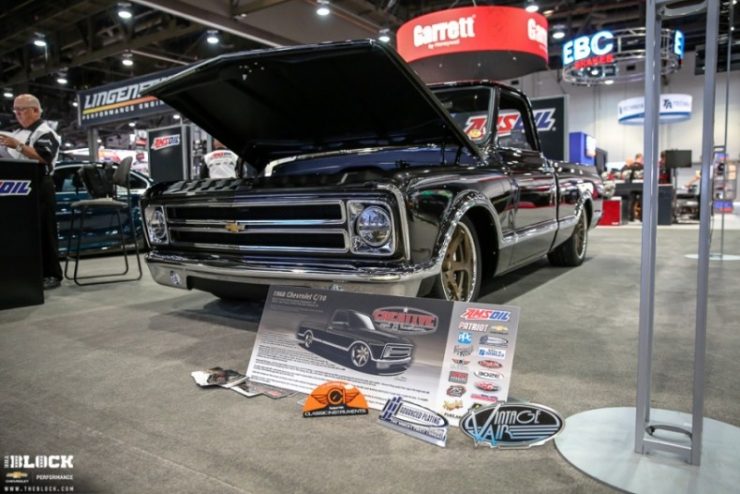How Often Should I Change Front or Rear Differential Fluid?
How often you should change front and rear differential fluid depends on your vehicle, driving conditions and differential fluid quality.
That’s a vague answer, but it’s true.
If you drive your truck primarily on the highway in temperate conditions and rarely tow or haul, you likely don’t need to change front or rear differential fluid very often.
But, if you tow a trailer or haul supplies frequently and the temperature fluctuates as wildly as your health insurance premium, then you need to change differential fluid more often. The only way to know the exact mileage interval is to check your owner’s manual or visit the dealership.
Differential fluid change intervals
Why the varying fluid-change intervals? Because severe operating conditions break down differential fluid more quickly and place greater stress on the gears and bearings, inviting wear.
The truck manufacturer’s ongoing arms race for the highest towing capacity has resulted in trucks that place more stress on differentials than their predecessors. Meanwhile, differential fluid capacities have largely decreased or remained the same.
For example, compare a 1996 Ford F-250 Crew Cab to the 2021 version. Back in 1996, maximum towing capacity was 10,500 lbs. using a rear differential that held 3.75 quarts of gear lube. The 2021 model offers up to 15,200-lb. towing capacity using a rear differential that holds between 3.3 and 3.5 quarts of fluid.
Greater towing capacity, less gear lube
What does that mean for your truck?
It means less fluid is responsible for guarding against increased heat and stress. In this environment, inferior lubricants can shear and permanently lose viscosity. Once sheared, the fluid film weakens, ruptures and allows metal-to-metal contact, eventually causing gear and bearing failure.
Increased temperatures are also a challenge.
As temperatures climb, gear lubricants tend to lose viscosity. Meanwhile, extreme loads and pressures can break the lubricant film, causing increased metal-to-metal contact and heat. Friction and heat continue to spiral upward, creating a vicious cycle known as thermal runaway that eventually leads to greatly increased wear and irreparable equipment damage.
Severe operation requires more frequent differential fluid changes
Most manufacturers recommend changing differential fluid more often in severe service, such as frequent towing or hauling, particularly in hot weather. Those restrictions apply to just about anyone who’s pulled a camper/boat/trailer anywhere in North America during most of the year.
Bottom line: Use a high-quality synthetic gear lube to maximize your truck’s ability to tow and haul.

Less Mess. Less Waste. Less Frustration.
AMSOIL SEVERE GEAR® Synthetic Gear Lube is specifically designed for severe service. It maintains viscosity better than other conventional and synthetic gear lubes despite rigorous use and it contains advanced anti-wear additives for further protection.
Not only does it often cost less than OEM-branded gear lubes, our SEVERE GEAR easy-pack eliminates the frustrations of changing gear oil. Its flexible design lets you easily reach touch-to-reach fill holes while getting all the gear lube out of the package.








